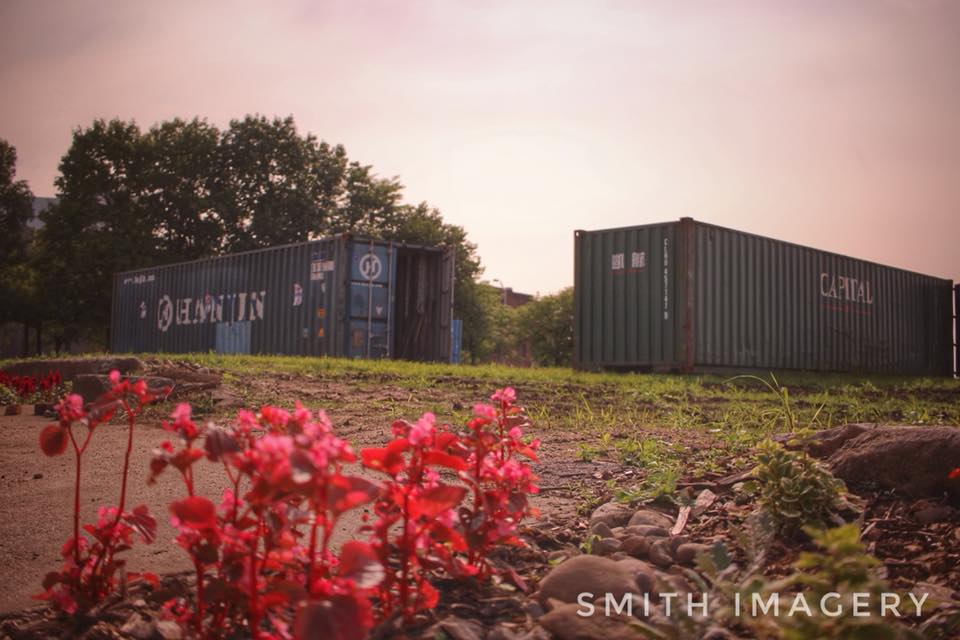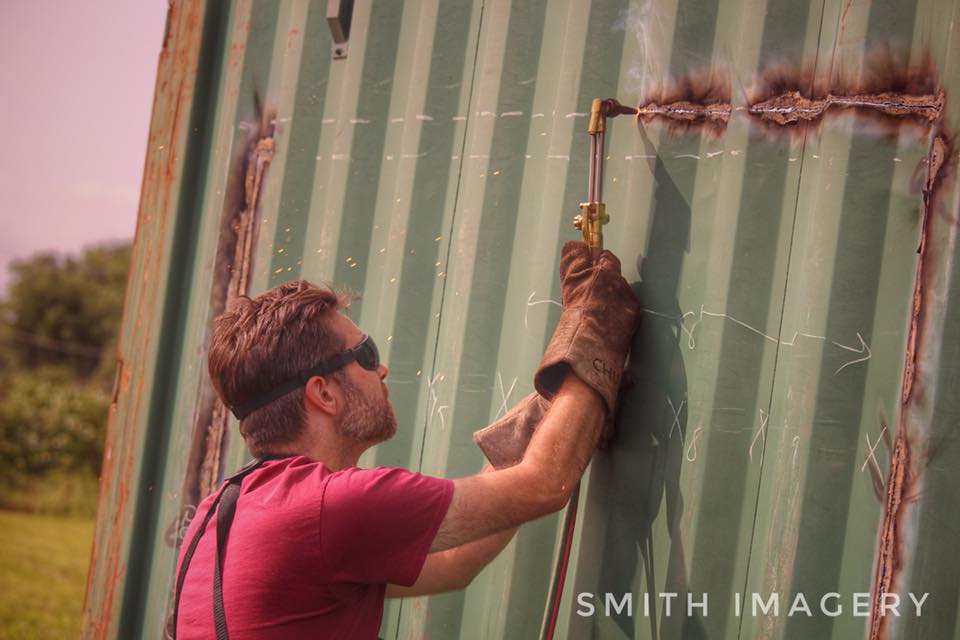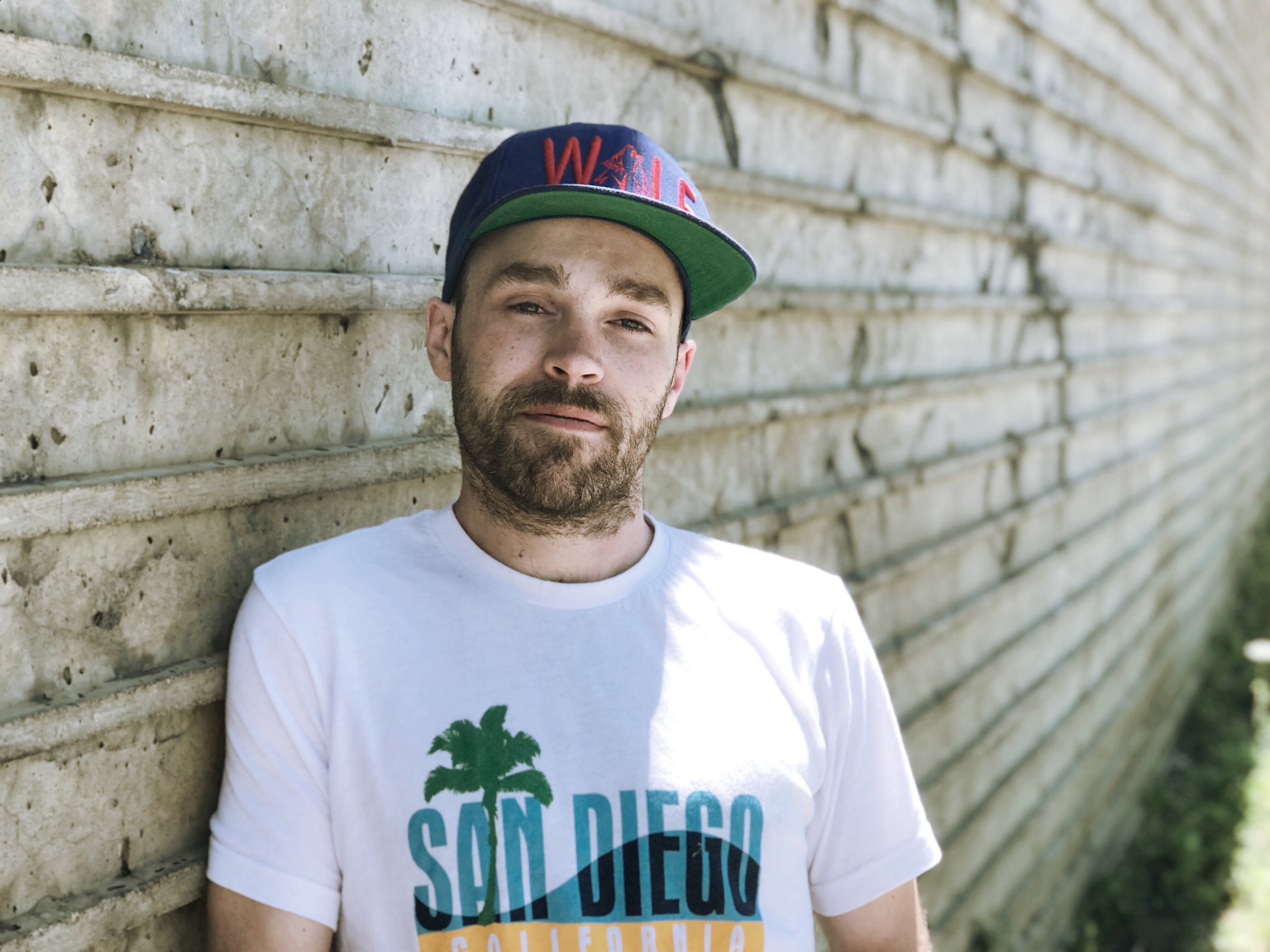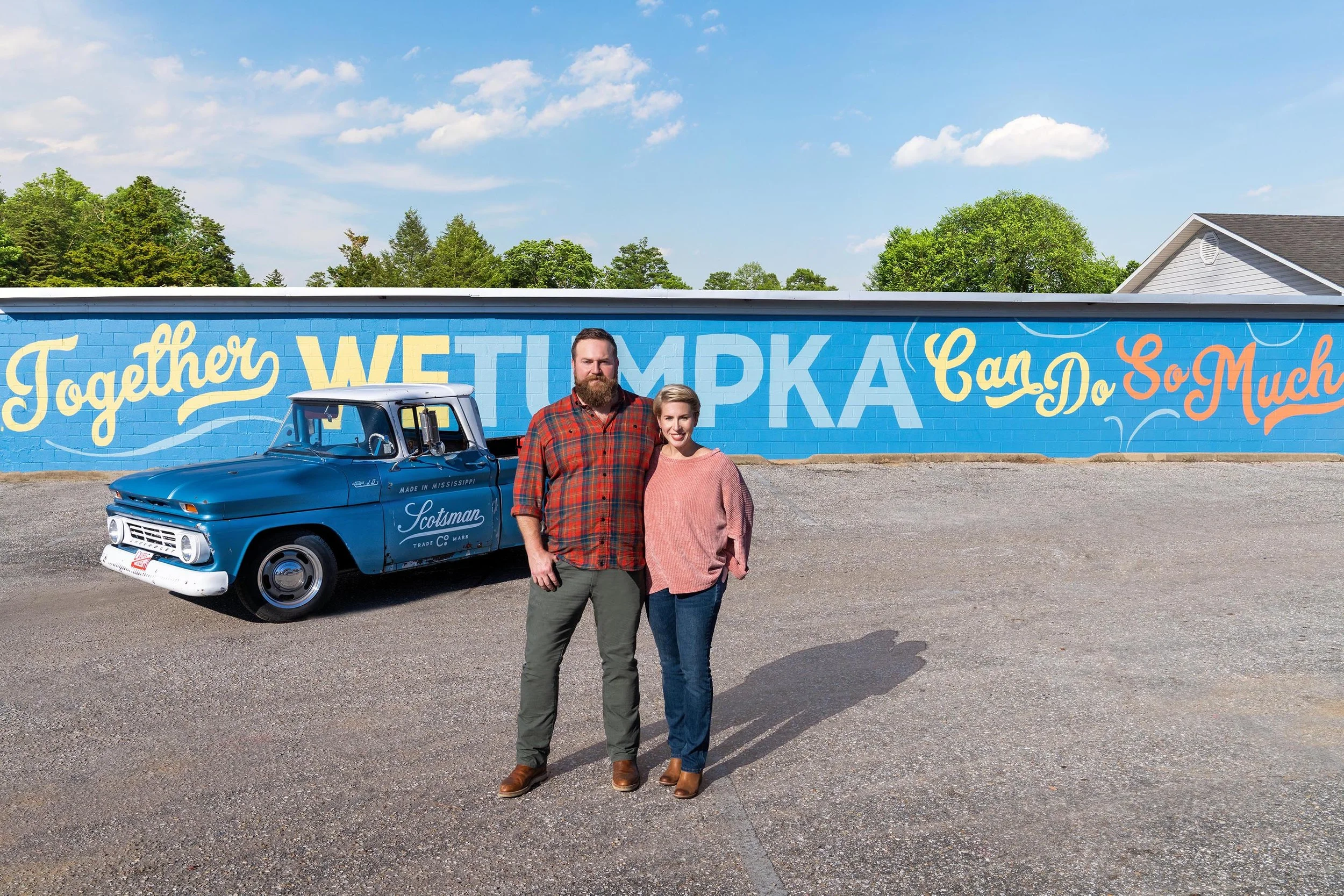Unconventional Wisdom on Activating a Downtown
What does it take to bring life back to a faded downtown? Conventional wisdom says one thing: "Jobs, jobs, jobs." Bring in a major employer—the bigger the better—and the rest of the benefits will flow from there, as workers repopulate the area every day from 9 to 5 and beyond.
Strong Towns member Arian Horbovetz doesn't think it's so simple. Writing from his home in upstate New York Horbovetz' blog, The Urban Phoenix, documents the phenomena associated with small town revival.The following pair of complementary essays take a more unconventional look at what it takes to activate urban space. They are republished from his blog with permission.
In the first, Horbovetz tells us about a small bet approach—improvisational, innovative, and low-risk—that just might help. In the second, he discusses why not all employers are created equal when it comes to the promise of downtown revitalization.
Handshake.City: From Empty Lot to Urban Activator
What do you do with vacant, remediated land in the middle of your city that isn’t currently being used?
You activate it.
That’s exactly what Utica’s quirky new Handshake.City will do. The creation of a container “park” in the middle of a former brownfield gives a beautifully temporary and possibly permanent alternative to empty, underutilized space, creating activity and light commerce where there was none before.
“Our first step is to put three containers here and activate the programming,” said Justin Parkinson of Made In Utica and Handshake.City. “Everything is on a year lease so we will go August-ish through July. We will program outside as much as we can, and when the weather changes we will move indoors for the winter and make a smaller market inside. That’s 3,300 square feet in that building, so we have quite a bit of space altogether.” Parkinson pointed to the building to the north, which will serve as a cold weather option for Handshake.City.
“We only have a lease with the city for one year,” Parkinson continued. “We hope to be here longer, but ultimately the city has the final say. They still hope to sell this land, but in the [meantime] we hope to be the economic driver on it. We are trying to prove in year one that this can be a green space and an economic space that doesn’t need to be turned into some factory. We don’t need some random business here, want want something that activates the space and the area. There was this lot of land that nobody wanted that had been remediated, so we just wanted a slow activator that could lead to a much larger piece of the Baggs Square project.”



Handshake.City is far from the first container park in the country. Cities across the nation are using retired shipping containers and other inexpensive pieces of infrastructure to create a unique, rustic and interesting “home” for projects like this one. This particular endeavor will be programmed on weekends with festivals and events which will include art and retail vendors, as well as space for food trucks and other activities.
The appeal of projects like this is that they are incremental and potentially temporary. Instead of investing millions in a permanent park, Handshake.City will create space that is flexible and fluid at a tiny fraction of the cost. If the city does find a suitable buyer for the land, they can end their lease with Handshake.City and the land can transition without any substantial loss. In the meantime, the land can be a thriving, active and positive engine for the community, bringing people downtown and providing inexpensive space for light vendors to rent and sell their merchandise. It allows Utica to inexpensively and incrementally explore the importance of public space and the need for small retail.
The possibility still exists that Handshake.City will become a permanent attraction in Downtown Utica’s Bagg’s Square neighborhood. Whether it’s a temporary activator or the first step toward a key attribute for the future of the city, this container park provides an inexpensive, scaleable model for remediated lots that cover the expanses of our urban cores. Bravo Handshake.City, we can’t wait to see what you do!
Hospitals Are Not "Activators"
Healthcare is a $3 trillion industry in the US. Not surprisingly, we look to our healthcare providers to be major employers and economic engines in our communities. But as new hospitals begin to take shape in cities like Utica, New York, residents aren’t just eager to add downtown jobs after decades of decline. They also want to see added vibrancy and and activity on the street level as a result of their presence.
Let me start by dismissing my favorite misconception: the “more downtown jobs means more traffic for local businesses” argument. The truth is, increased downtown traffic alone does not, on its own, activate the surrounding environment. To simply say, “More downtown jobs means more revenue for our local establishments,” is oversimplifying an insanely complex set of variables. Whether or not people will leave one building and subsequently spend money in another is not easily predictable or quantifiable. Proponents, however, love to simplify this equation and sell the general population on the promises of increased activity and activation of the neighborhood in question.
This is not to say that major healthcare centers are bad for an area. Hospitals can be much needed job producers and revenue generators. They can also garner investment funds in the surrounding area via new construction. But while these are welcomed additions to areas desperate for development and forward movement, they don’t necessarily equate to increased vibrancy and patronage of local establishments.
Hospitals aren’t typically neighborhood activators for two reasons. For one, employees often work long hours in high stress situations. After a long shift of taxing work, do you want to go out and have dinner at a farm-to-table eatery, or go home to sleep or be with family?
And if you’re not an employee at the hospital, you’re either a patient or a family member of a patient. When was the last time you said, "It’s too bad about Dad’s heart, let’s go have a beer?”
Sure, hospitals tend to be hot spots for food trucks and food stands at lunch time. Beyond that, the average hospital worker, visitor or patient is not typically in the position to financially enrich the surrounding area. Rochester’s College Town project east of The University of Rochester Medical Center has struggled to fill storefronts since its inception several years ago. Adjacent to the Medical Center and the university campus, College Town’s difficulties are well documented despite the presence of a pairing that employs tens of thousands of Rochester residents. Furthermore, the surrounding area is not exactly vibrant with life or activity.
What there is a great deal of around The U of R Medical Center, though, is traffic congestion. Traffic counts in the tens of thousands per day abound on area streets as the medical campus ushers in people from all over the region into their healthcare jobs. But again, this traffic volume does not necessarily equate to local business growth, neighborhood activity or street level vibrancy. In fact, the added traffic volume likely works to deter any real kind of street life or surrounding economic uptick.
Healthcare centers can be tremendous employment hubs for cities across our nation. They also have the potential to garner investment dollars. What they don’t do is activate streets, neighborhoods or local businesses to the level that proponents expect. Hospitals serve a purpose: to care for our community health and provide jobs for our citizens, not to activate local neighborhoods or communities.
When seeing the big picture in our cities, we have to remember that not all sources of employment and entertainment have the same (or any) ripple effect on the surrounding economy and environment. Whether or not this happens must be researched with a critical eye and a healthy dose of skepticism in order to reach a true understanding of how a new downtown entity will impact and change the neighborhood.
(Cover photo by SMITH Imagery. Other photos by the author unless otherwise credited.)











This small town is considering overhauling its main street to embrace walkability and good old-fashioned main street urbanism.